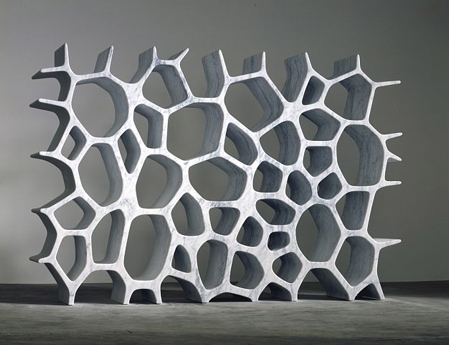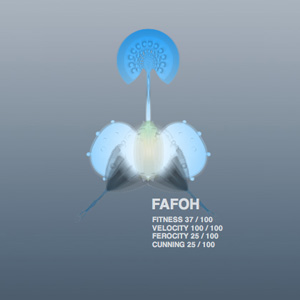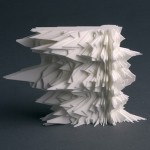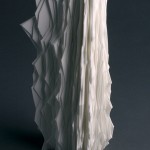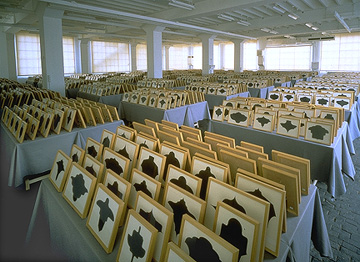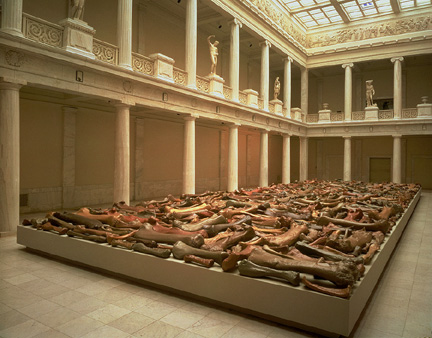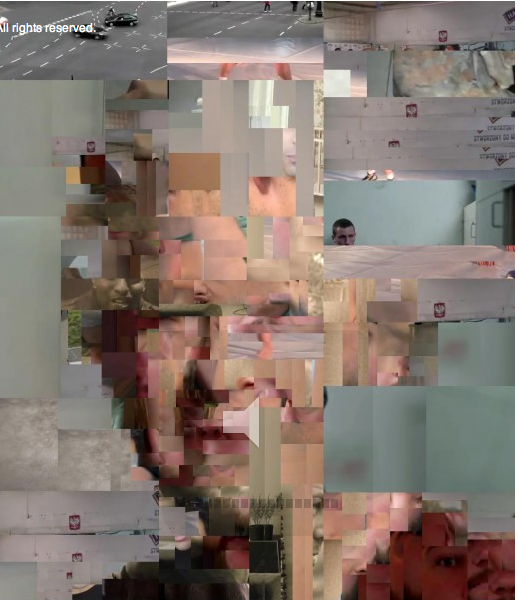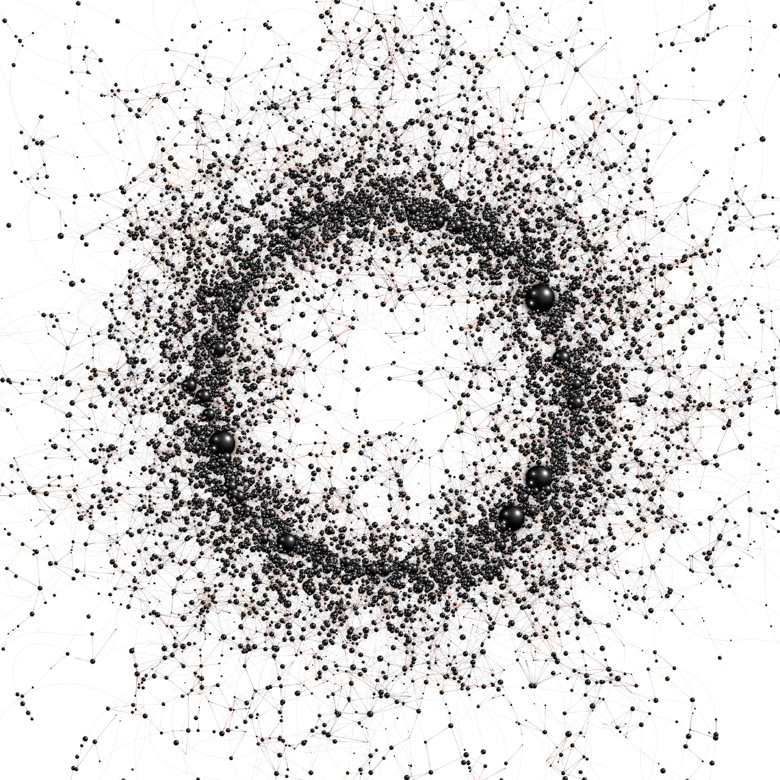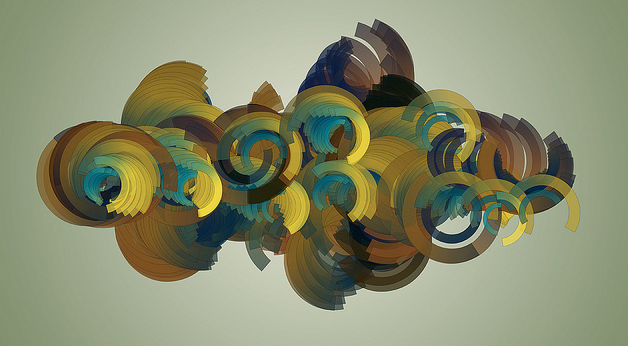Xing-Looking outwards-3
Georg Nees (Germany)
He was pupil of Max Bense, the founder of the Information Aesthetics. He, together with Herbert Franke and Frieder Nake is the pioneer of ComputerArt in Europe. The following the the work from him. He is in the first generation of digital artist. Though due to the limitation of the hardware and software at that time, the art work is not very flashy. However, you can still see the randomess which is always used in visual digital art.

Tape Recorders
Rafael Lozano-Hemmer is a Mexican electronic artist, who develops interactive installations that are at the intersection of architecture and performance art. “Tape Recorders” is one of his recent installation which was commissioned by the Museum of Contemporary Art in Sydney. http://www.lozano-hemmer.com/tape_recorders.php
This work inspires me to think the concept of circle. The end point is the same to the start point. And the repetition in it is just like the way we live our lives, and everyday. And it is very good to see the instant feedback from the work towards the observers. If later I want to add interaction into the work. It is good to make the interaction rapid and understandable for the observers. If there is something that I would add to the work, is that I would make the recorder much more longer like 20 feet-long to make it more dramatic.
[vimeo=https://vimeo.com/34533540]
Unusual Anatomical Flowers
by Macoto Murayama http://www.frantic.jp/en/artist/artist-murayama.html
Murayama takes his chosen flower and dissects it using a scalpel to reveal the “hidden mechanical and inorganic elements”, which are then sketched, then modelled using 3ds MAX, before being finished up in Photoshop and Illustrator. The results are wonderfully digitalized representations of the intricate engineering that is present in Mother Nature’s handiwork. It is good to see how the artist transform “the real life” into digital format with a very rich and complete way of storing it.




